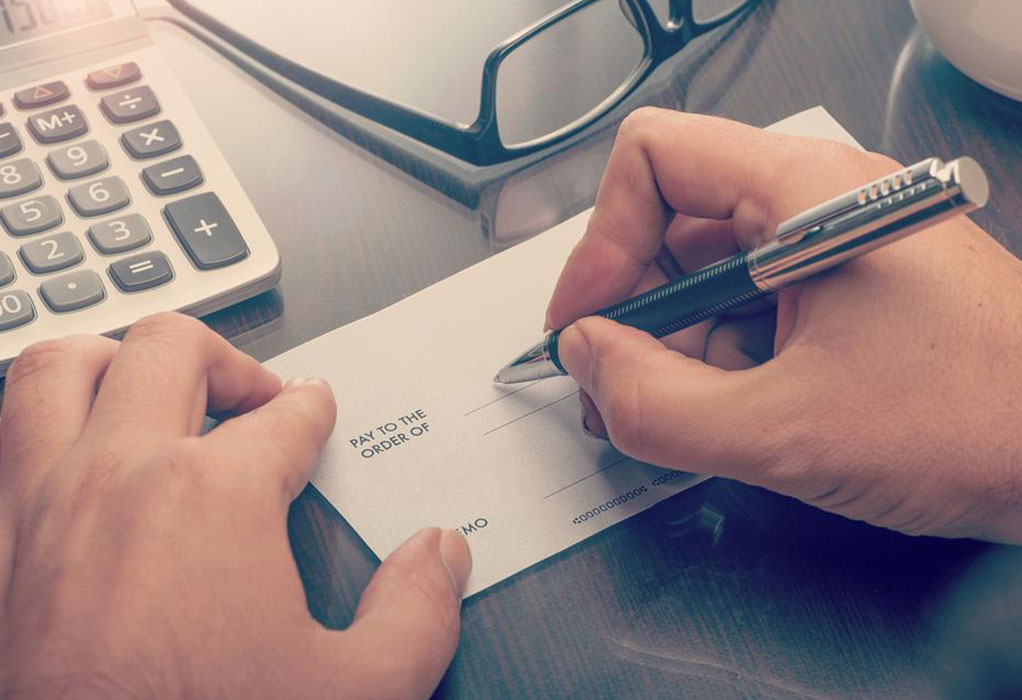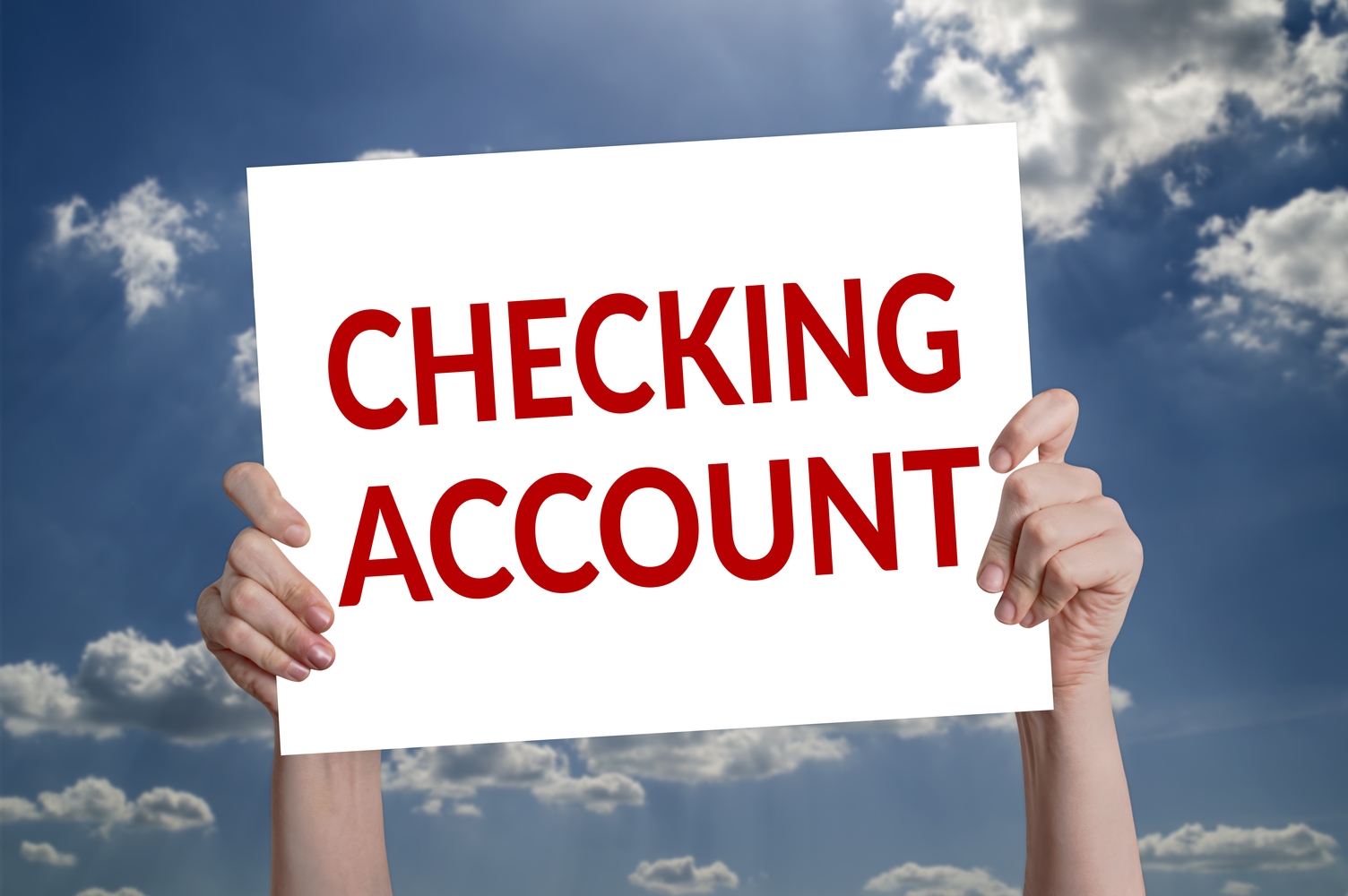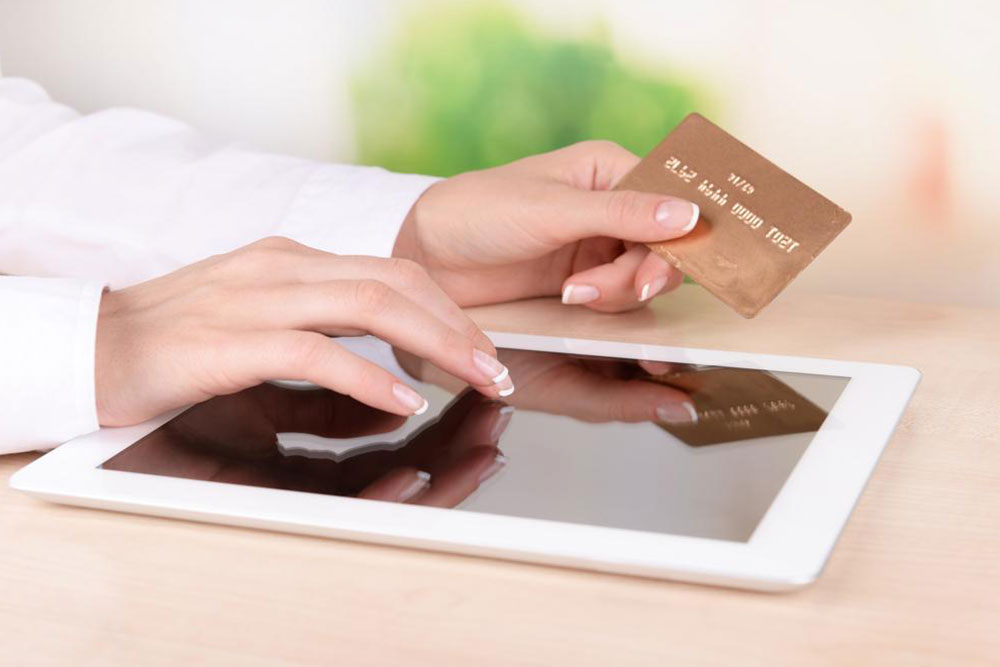Comprehensive Guide to Reordering Bank Checks and Embracing Modern Payment Solutions
This comprehensive guide explores how to reorder bank checks efficiently and emphasizes the shift toward digital payment methods. It covers ordering options, tips for managing checks, and the benefits of adopting online and electronic payments for seamless financial management. Whether you're new to banking or looking to optimize your current payment systems, this article provides valuable insights to keep your transactions secure and streamlined.

Complete Insights into Reordering Bank Checks and Transitioning to Digital Payment Methods
When establishing a banking relationship by opening a new account, one of the initial steps involves obtaining a checkbook. Typically, this checkbook contains a set number of checks, which serve as traditional payment tools. Although these checks may not always display your account number explicitly, they remain a vital component for many financial transactions. Despite the surge in digital payment solutions, checks continue to be relevant, especially for specific large transactions and business needs. Understanding the process of reordering checks, along with modern alternatives like electronic transfers and online bill pay, is essential for efficient financial management.
Understanding Checks and Their Uses
Checks are versatile payment instruments accepted for various expenses such as rent, insurance premiums, subscriptions, and more. They are also used in business transactions and official payments. For checks to clear successfully, sufficient funds must be present in your linked bank account; otherwise, the check may bounce, leading to potential fees and penalties.
For large transactions, such as purchasing a home, making a substantial investment, or settling legal obligations, banks often recommend specialized payment methods. These include banker’s checks, money orders, or cashier’s checks, which provide additional security and guarantee of funds. If you receive a personal check as payment, verifying its validity and ensuring that the payer’s account has sufficient funds is crucial to avoid complications. Always confirm the authenticity of larger or unusual checks to prevent fraud or financial loss.
When it comes to reordering checks, accuracy is critical. Customers must provide precise personal identification details, banking account information, and sometimes a voided check for verification purposes. Errors in the information supplied can delay processing or result in invalid checks, which might not be refundable. Many banks now issue official verification letters if checks are temporarily unavailable, offering an alternative proof of funds or account status. Encouraging the adoption of electronic payment methods—including online bill pay, debit and credit cards, and electronic transfers—helps reduce reliance on physical checks, promoting environmental sustainability and increasing transaction efficiency.
To reorder checks, customers can use several convenient methods: online banking portals, customer service calls, or ATMs. Additionally, some third-party vendors provide custom check printing and delivery services directly through their websites. This section offers a detailed overview of each approach to help you select the best option based on your needs.
Ordering Checks Through Online Banking Platforms
Start by verifying that your billing and mailing address information is current and accurate within your bank's system. Choose from a variety of check designs, including standard, themed, or personalized photo checks, depending on your preferences. Delivery options may include standard or expedited shipping, with associated fees based on speed and security.
Ensure you have your bank account number, routing number, and address details ready beforehand. Payments for check orders are typically deducted automatically from your linked account, streamlining the transaction process.
If this is your initial check order or you've recently changed your address, avoid using third-party sites unless your bank explicitly verifies their legitimacy. Always review privacy policies and security measures before submitting sensitive information such as your bank details. Remember, most online check services allow order cancellations if needed.
Ordering checks online offers significant advantages, including customization options, convenience, and enhanced security features. Reputable third-party services incorporate fraud detection, anti-counterfeiting measures, and secure encryption to protect your personal information, often surpassing the options available through traditional banking channels.
Getting Checks Directly from Your Bank or Credit Union
The simplest method of obtaining checks is directly through your banking institution. Since they have your account details and address, they can process your order efficiently. Most banks offer standard check designs, but customization options are usually limited. Fees for ordering checks through your bank can vary based on the number of checks, design choices, and delivery speed. Always opt for secure online portals when ordering, especially to prevent any risk of data interception or fraud.
Tips for Managing Check Usage and Slowing Down Reordering
Prevent bounced checks by regularly monitoring your account balance and ensuring sufficient funds are available before writing checks.
Utilize online banking tools or ATM statements to track your expenditures and maintain financial awareness.
Implement budgeting applications or tools that help plan expenses effectively, reducing the need for check-based payments and automatic bill pay setups.
Avoid writing checks for small amounts—especially under $200—as some retailers and businesses may decline smaller checks or impose additional fees.
In today’s digital age, electronic payment methods are increasingly replacing the physical check as the preferred means for financial transactions. Techniques such as electronic fund transfers (E-transfers), debit card payments, and online bill pay services offer unparalleled convenience and security, reducing the need to reorder checks frequently, minimizing postage costs, and contributing to environmental sustainability.
While checks remain relevant in many scenarios, embracing digital payment options can greatly enhance your financial efficiency. Transitioning to online banking, mobile payments, and automated transfers not only expedites transactions but also provides better control and security over your finances.





